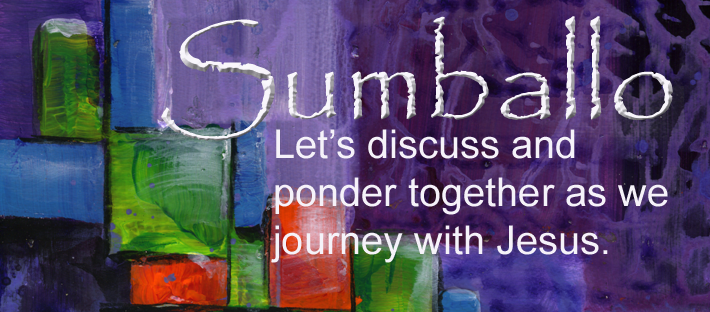
Tension crackles as Isaac follows his father up the mountain, the wood creaking in a bundle on his back. The story may be familiar, a father keeping his commitments and a son obeying his father.
In fact, the location is vital. Abraham took his son to Moriah, to a mountain where God told him to go. Although we don’t know precisely where the sacrifice scene unfolded, we know that it was on the mountain where Jerusalem would later sit.
In other words, a father kept his commitments and a son obeyed his father very near to where Jesus would someday be sacrificed.
A good atlas is invaluable in studying biblical texts. I was once geographically illiterate and had no idea where Jesus walked the earth or where Moses took the tables of stone from God.
It’s a good idea to notice the location of each narrative, and when the location changes. Place names sometimes change over the centuries, but locations do not. Seeing what happened in certain locations helps unveil some of the meaning of the story.
Bethlehem, for example, is a town besieged by evil over most of its history. There are two atrocious stories at the end of Judges involving murder and idolatry, Both have a strong connection to Bethlehem.
The Bethlehem Trilogy closes with the book of Ruth, where the City of Bread provides redemption. And, of course, we see the redemption of Bethlehem in serving as the birth place of Jesus.
Places matter and when they’re listed in a biblical text, we need to locate and pay attention.
Some study Bibles have a set of maps included in the back. Those can be helpful but if you’d like a more extensive and detailed set, here are some suggestions:
The Carta Bible Atlas. Aharoni, Yohanan, Michael Avi-Yonah, Anson F. Rainey and Zeev Safrai, eds. (Older editions are known as the MacMillan Bible Atlas)
Holman Bible Atlas. Brisco, Thomas V. Cleave, Richard.
The Holy Land Satellite Atlas
The Carta Bible Atlas includes lengthy descriptions of biblical scenes as well as very detailed maps. Be aware that the authors are historically and geographically accurate but not coming from a position of faith. This book is like eating fish: take the meat and leave the bones.
The Holman Bible Atlas is a good alternative. It is a beautiful book with chapters of historical background laced between the many maps.
The Satellite Atlas has beautiful images shot from, well, satellites.
As you dive into texts, train your eye to notice the location and take the time to find it on a map. You may find more in meaning than you ever expected.














![[bzrzvec.jpg]](https://blogger.googleusercontent.com/img/b/R29vZ2xl/AVvXsEhPfGK2ZswVhbDSxYZtHnwD38RHsuspM_4Al05ojNaMmr9vpaAHea7rNYzt2HLRptMEYIGhO2DNLJKeEFWH5pb7QFePF-XF8oShx8rJ5f1cyG7ZVqT3bVwK7Vb3UEH9t-0GoVmB-QdqDYU/s1600/bzrzvec.jpg)




